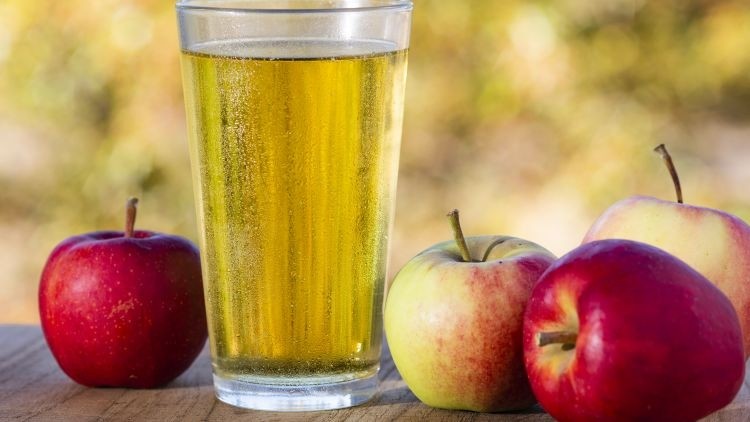opinion
Cider has a heritage we should shout about more

Certain drinks have a natural association with ‘premium’ – Champagne, single-malt whisky, red wine. Few, I imagine, would put cider in that category – something, if you look at the evolution of the beverage, is actually a little surprising.
Cider is made using a very similar method to Champagne – in fact true cider advocates will tell you that it was with apples, not grapes, that the technique was first perfected. Cider has also been around for as long, in fact longer, than whisky. So why is it that cider is so rarely considered in the same echelons?
Over the course of time cider has been tweaked, packaged, and presented more and more like beer. It is normally carbonated, comes in a can, bottle, or draught format, and has an alcohol content closer to the average beer than a fine wine or champagne. These are attributes readily associated with beer, so naturally parallels are drawn between the two.
But cider is versatile, it can be an alternative to beer, while also possessing the ability to be really premium and offer something a bit more special. The key to unlocking its potential lies in appreciating this and getting the right variety of ciders in stock, as opposed to the typical bar layout where there is normally at most one core cider on tap alongside a plethora of lagers and ales.
A drink with huge variation
Much like wine, regional variation in cider is huge, from tannic West Country ciders to East Anglian styles that are lighter in body and flavour.
There are 11 broad types of cider but, with over 8,000 known apple varieties, the possibilities for variation are endless. All this adds up to a category that offers far more variety and versatility than many realise.
For example, Aspall has a higher proportion of culinary than bittersweet apples in its blend compared to many other ciders. Culinary apples have a high acid content but are low in tannin – a protein in apple skin that adds bitterness to a ciders flavour – while bittersweet apples are lower in acid but higher in tannin. This gives Aspall’s ciders a lighter, crisp flavour that is much lower in tannins than a West Country cider and more akin to a white wine.
An untapped resource
Currently making up 6.7%[1] of value sales in the UK on-trade, cider has a lot of room to grow. Food pairings are one way of making more out of cider.
Just like wine, different ciders offer varying levels of acidity, bitterness, texture, fruitiness, and sweetness that pair perfectly with a whole range of foods.
Take Aspall Draught Cyder as an example, it has a crisp, medium dry flavour that is unique to east coast ciders, with floral notes and a light taste, that complements richly spiced dishes like Moroccan lamb tagine.
Aspall also has a history and provenance that those looking for a premium feel to their beverage will appreciate, having been made at the Aspall Cyder House in Suffolk for almost 300 years – 200 years before the first vintage of Dom Perignon was produced.
The acidity of Sharp’s Cold River Cider, as another example, cuts through the fats in roast pork, making it an excellent Sunday roast pairing.
Beyond food pairings, fruit ciders, such as berry, offer another avenue of variation and allow pubs and bars to think about how ciders can pair with not just foods but events and times of year.
The fresh flavour and fragrant aroma of berry ciders, such as Rekorderlig Wild Berries, makes them perfect for outdoor events in pub gardens like barbecues or live music performances.
A recent emerging trend in this area is the introduction of citrus ciders with more refreshing flavours, such as Rekorderlig Pink Lemon and Rekorderlig Blood Orange, which go hand in hand with sunny days in the pub garden.
Rekorderlig Blood Orange is taking the category into an interesting new territory between cider and the popular bitters drinks of the last five years, which has been spearheaded by Aperol – marrying up a mix of bitter and sweet on the tastebuds with notes of orange.
Cider is a great, but under-utilised, way for a venue to tailor its drinks offering to fit different events, seasons and whatever’s on the menu, add to the customer experience and drive sales.
It’s easy to think of cider as a box that needs ticking with one or two options on the bar. But this does a disservice to a category that has all the variety of craft ale and the premium pedigree of wine. While cider is at the start of its premiumisation journey it has huge versatility and can strike the balance between core and premium as well, if not better, than any other category if deployed correctly.
[1] CGA data for total GB on-trade, 52 weeks ending 10/09/22







